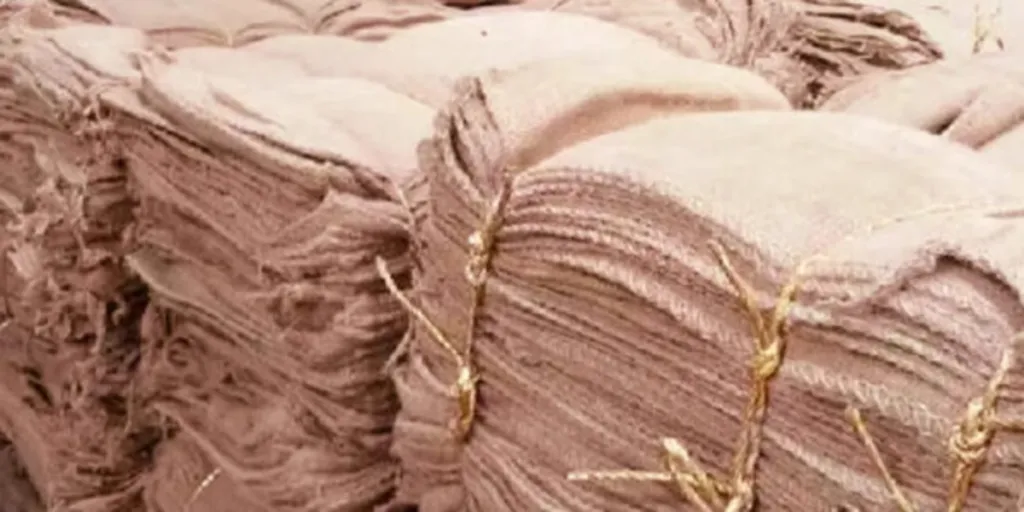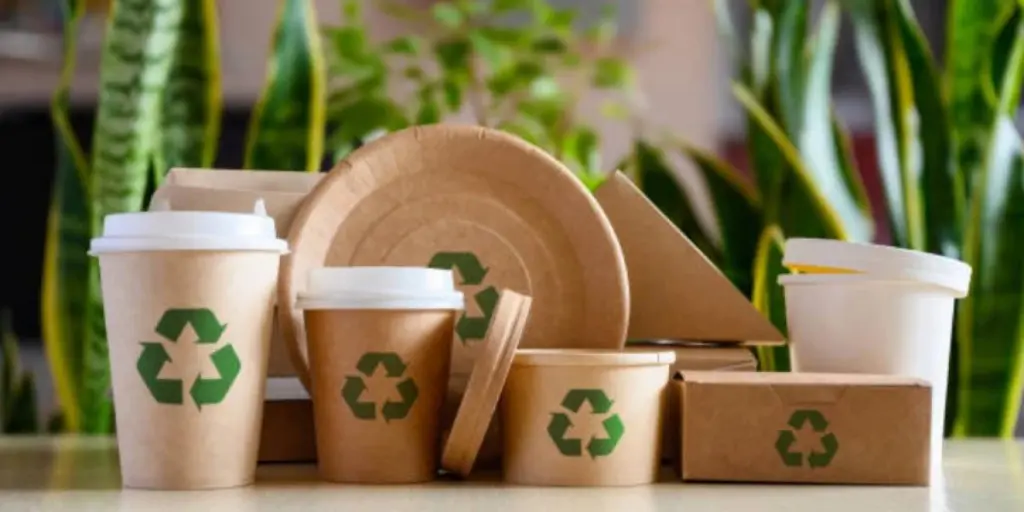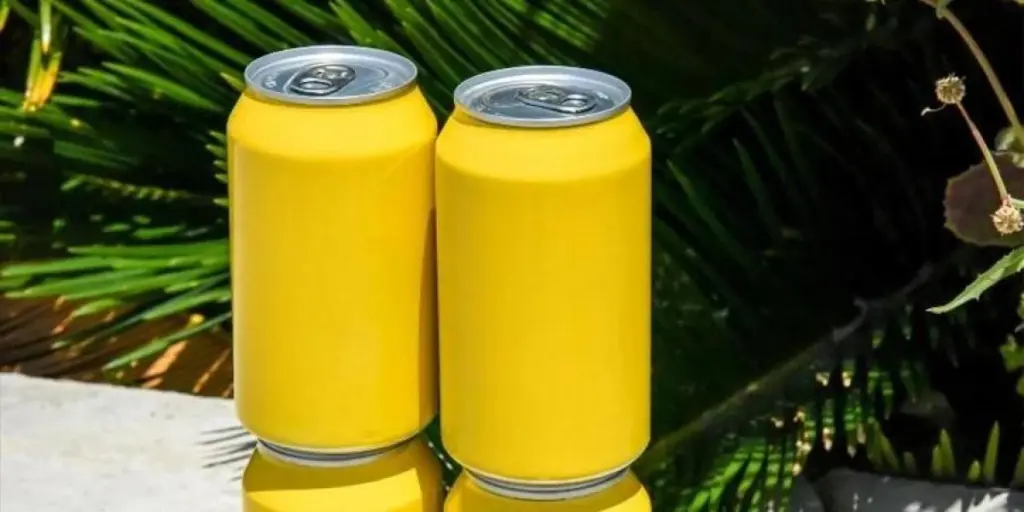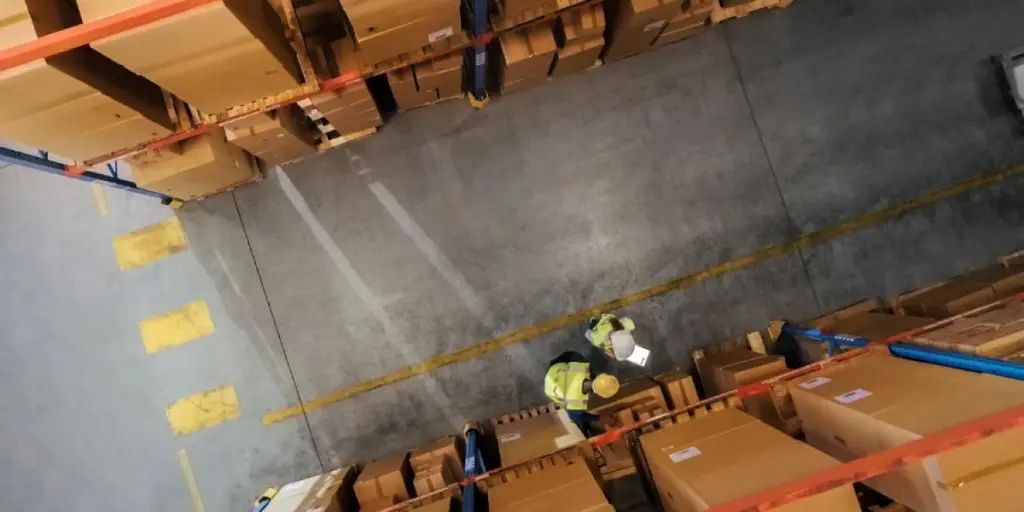The majority of us may think of textiles as being essential for making clothes and other daily life items, including towels, blankets, and sheets as well as a great variety of decorative and art items such as embroidery, knitted art, and woven art. From the textile industry standpoint, however, they actually have far more applications than just these popular ones.
In reality, textiles also play a significant role in packaging a wide range of products. Continue reading to find out what exactly is the role of textiles in the packaging industry and the popular trends of textile packaging to tap into this expanding potential now!
Table of Contents
An overview of the textile packaging market
Popular textile packaging trends
Wrap-up
An overview of the textile packaging market
Packaging textiles, more commonly known as packtech, refers to all sorts of textiles used for packing up different products. It is a category of technical textiles, which means the textile with practical function as the main usage goal rather than for any aesthetics purposes. The global technical textile market is expected to grow at a steady compound annual growth rate (CAGR) of 6.2% between 2022 and 2025, hitting USD 222.4 billion by 2025.
Packtech is one of the major and fastest-growing technical textile varieties and the Asia Pacific region alone accounts for around 40% of the world’s technical textile market share. The basic types of textiles classified under packtech include flexible intermediate bulk containers (FIBC), synthetic fiber PP/PE (polypropylene and polyethylene) woven sacks, leno bags, jute bags, wrapping fabric, and soft luggage.
To get an idea about the global packtech market size, let’s take a closer look at the growth of some of the top packtech materials. For example, the polypropylene woven sacks brought in about $3.75 billion of global market value in 2022 and are forecasted to reach around $5.6 billion in 2032 with a CAGR of 4.1%. At the same time, the worldwide FIBC market is anticipated to attain a value of US$ 7.1 billion over the projected period of 2022 to 2032, with a CAGR of 5.3%.
In other words, the total market value for both of the top two packtech materials alone is expected to exceed USD 12 billion within 10 years from now. To put this figure into perspective, the estimated global plastic bags and sacks market size by 2027 is around USD 22.9 billion, whereas the paper bag is expected to hit around USD $7.9 billion in 2032 too.
Popular textile packaging trends
For heavier/ larger commercial products
Breathable, open-weave bag
The leno bag stands out as a highly popular breathable, open-weave bag option. Resembling a net and typically constructed from synthetic materials, this mesh bag design offers exceptional ventilation and versatility. Woven into several diverse net-like packaging designs, mesh bags can be distinguished in terms of materials, weaving patterns as well as sizes. It may also be differentiated by its opening, with many of them having drawstring closings, while others come with open tops.
The leno bag is not to be mistaken for the Raschel bag, which is also another type of mesh bag but is distinctive from leno bags in terms of its weaving structure and technique. Leno bags are typically regarded as stronger, more lasting, and eco-friendly, despite costing a little bit higher. With its durable feature, the leno bag is well-reckoned by industry experts as a great option for agricultural produce packaging. The netting nature of the mesh bag helps ensure sufficient “breathable holes” for ample air circulation, which is essential in keeping most fruits and vegetables fresh.
Given its extensive usage in global agricultural product packaging, which is on the constant rise in line with the related growing demands of the food sector, many industry analysts are hopeful about the potential growth of leno mesh bags. This is proven by multiple research reports since 2021 and again by late 2022 for possible sharp expansions in the leno bags market.
For this reason, one can expect a great market potential for leno bags deployment in fruits and vegetable packaging featured in the image below. From smaller size leno bags suitable for supermarkets or any retail purchase packaging to medium size leno bags that can easily take up 10kg to 25kg food load, these usually colorful leno bag packings are perfect choices for most end-users when it comes to fruits and vegetable purchases.
For heavy wholesale loads, one may readily discover heavy-duty leno bags that can sustain a 30kg load or even up to 50kg total weight. The great news is, from a costing point of view, the prices for these heavy-load leno bags can be quite similar to other standard leno bags if requested in bulk quantity.
Eco-friendly, sturdy bag
Jute bags are becoming an increasingly popular eco-friendly and sturdy alternative to traditional packaging for heavy items. Jute bags are absolutely distinct from leno bags, which are composed of mostly man-made material since they are made of 100% natural fibers derived from the strip and stem of jute vegetable plants instead. Being 100% biodegradable bags, jute bags certainly gain a competitive edge over other packaging solutions, especially those which are not as environmentally friendly compared to jute bags.
Almost all research reported on the market potential of jute bags highlighted a strong growth prediction. Jute bags are generally expected to expand at a significantly greater double-digit CAGR% compared to their other textile packaging peers. For example, a study forecasted it to achieve a 10.8% CAGR between 2022 and 2027, reaching a total estimated value of USD 3.84 billion roughly 4 years later.
From a capacity perspective, jute sack bags, commonly also referred to as hessian sacks or gunny sacks, are traditionally entrusted for packing heavy food goods like wheat, rice, food grains, flour, etc. These jute sacks can typically handle a load from 80kg/90kg onwards, sometimes up to a few hundred kilograms.
However, as a result of growing consumer awareness of sustainable packaging and eco-friendly components, jute bags are increasingly being used for everyday consumer products today.
Such extension of usage, from what was mostly used for industrial bulk items packaging previously to include a lot more general consumer product packaging, has now turned into the key element boosting the overall performance of jute bags.
That is why it is common to find relatively small jute bags for jewelry, gifts, cosmetics, perfume, etc. consumer items at an attractive wholesale offer nowadays. Many such jute bags also come with matching drawstrings in multiple sizes to suit different consumer product needs. Another typical application for it is customizable jute tote bags or jute shopping bags, which have proven to be one of its most popular uses now.
Lastly, it is worth mentioning that even though jute bags and cotton bags are often juxtaposed due to their similarities in terms of colors and texture, cotton packing bags are actually softer and therefore can easily turn out of shape, whereas jute bags are stronger and stay in shape regardless of the applications and usage time.
Nevertheless, despite a higher price tag compared to jute, cotton no doubt is still a 100% natural, sustainable material compared to most other synthetic materials. That is why there are also increasingly more productions of cotton mesh bags for fruits and vegetable packaging available in the global packaging market now on top of the common polypropylene-made mesh bags.
Reusable, versatile bag
It’s clear by now that the textile packaging trends, similar to the development of most other packaging materials, are heading towards an environmental concerns-oriented direction. Yet movement towards such a healthier, more ecologically friendly path does not necessarily mean higher expenditures are needed. For instance, choosing non-woven bag packaging offers several benefits. These highly versatile bags are reusable, easy to clean, and recyclable. Often made from recycled materials, they provide cost savings compared to woven bags, which have a longer and more time-consuming production process.
As the name implies, the non-woven bags are made of non-woven fabric by the manufacturers using fibers composed of viscose, polyester, polyethylene, and polypropylene. These non-woven fabrics are then fused or entangled together either mechanically or thermally by applying heat or pressure on them instead of going through a woven process.
With such a product nature, non-woven bags are sometimes perceived as less strong than their woven counterparts. Fortunately, with technological advancement nowadays, there are non-woven bags that can hold comparable loads as woven bags too. For example, this non-woven bag can support up to 25kg of content.
In view of their lighter and more flexible features, non-woven bags offer great packaging choices for small goods including fashion items and accessories such as this non-woven pouch and non-woven dust bag. At the same time, the lightweight yet equally durable non-woven bags also make a perfect option to hold some relatively big but not overly heavy items such as this duvet packaging.
Also featured below are some large, low-cost non-woven shopping bags that are collapsible and super lightweight. These bags are similar to this extra large non-woven tote bag as both bag types serve as great convenient shopping companions to most consumers.
For smaller/ consumer products
Lightweight, breathable bag
Small product packaging can effectively showcase the eco-friendliness and widespread recognition of textile packaging as one of the most environmentally sustainable packaging options available. This is especially true, where its applications can be found on various products ranging from packaging for beauty salons to drinkware.
A customizable silk drawstring bag is one such good example that offers both breathability and lightweight protection to the consumer items such as various gifts, makeup products, or even a phone bag. As depicted in the picture below, another option worth exploring is a customizable large satin dust bag for wigs or other fashion items. It helps to protect the bag’s content against dirt, dust, and other outside factors while adding a touch of elegance to its style.
For wholesalers who are looking to prioritize durability and versatility, a nylon polyester drawstring backpack bag can be an ideal consideration. This type of bag is suitable for a variety of products, including athletic wear and accessories, making it a highly adaptable choice.
Lastly, if the goal is to create a bold fashion statement, a nylon net bag that blends both style and functionality makes a great packaging option for apparel and footwear, while simultaneously reinforcing the brand identity.
Luxurious, shiny bag
From fashion to makeup packaging, luxurious looks are clearly one of the new favorites for small consumer product packaging. The good news is, in terms of textile packaging, there are plenty of luxurious packaging options to look forward to.
A velvet jewelry pouch is one such option, exuding a sense of sophistication to any jewelry or gift items while enhancing the overall presentation. Velvet is definitely a preference in luxurious textile packaging for it is not only limited to jewelry but also for shoes or general clothing packaging, for example, this velvet cloth gift pouch denotes a premium quality image.
Meanwhile, the leather texture of a luxury soft faux suede drawstring jewelry pouch is an excellent choice to help elevate the customer experience for any small accessories with its refined texture. Finally, the pink faux suede pouches serve as chic and trendy options for packaging smaller fashion items including eyewear and watches.
Wrap-up
The increased consciousness and concern over environmental impact among consumers in recent years have driven the interest and demand for sustainable packaging. Textile packaging offers reusable and recyclable solutions that are seemingly fitting to the eco-friendly notion. Popular textile packaging trends that wholesalers can capitalize on include packaging options for both large commercial items and smaller consumer products. These encompass leno bags, jute bags, and non-woven bags for heavier and larger items, as well as lightweight and glossy luxury-feel material bags for smaller consumer items. To stay updated on the latest trends for the wholesale market, and products, check out the other articles on Alibaba Reads for more sourcing suggestions and business advice now!




